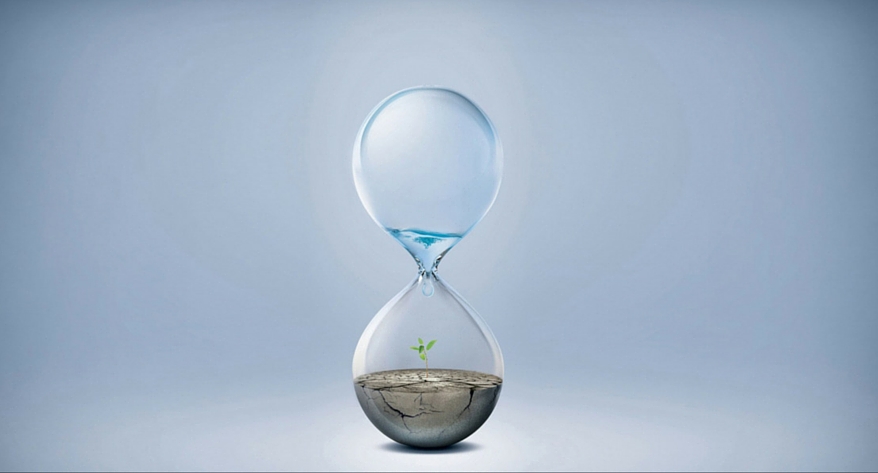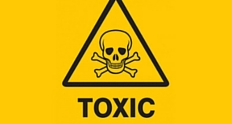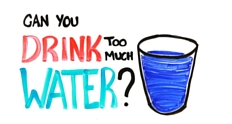The connection between water and climate change has many levels; despite what most people would believe. In fact, our need for potable water is in itself a major factor that actually promotes climate change and global warming.
When most of us think about water and climate change, we tend to put air pollution as the main contributing factor to our water quality problem and the global warming situation that's currently decimating our already small fresh water supply.
Most sources spend too much time blaming automobiles and industry for releasing toxins into the atmosphere and creating acid rain; destroying the atmosphere, heating up the earth's surface, and polluting our water supply. However, this is only one factor contributing to the Earth's water problems.
Those same fossil fuels that power our cars and factories (oil, coal and natural gas) are also used in massive quantities in order to treat and purify the water we drink from lakes and rivers long before it gets to our tap.
Table of contents
- Moving Water and Sewage Requires Energy
- California Water-Energy Study and its Frightening Findings
- Hydroelectric Dams: Too Little, Too Late?
- Can we Save the World's Water Supply and Reverse Global Warming?
Moving Water and Sewage Requires Energy
Even more carbon-emissions are created as sewage water is moved from our homes and treated before being released back into the water supply. Massive electrical and diesel-powered pumps are used to power water and sewage treatment facilities.
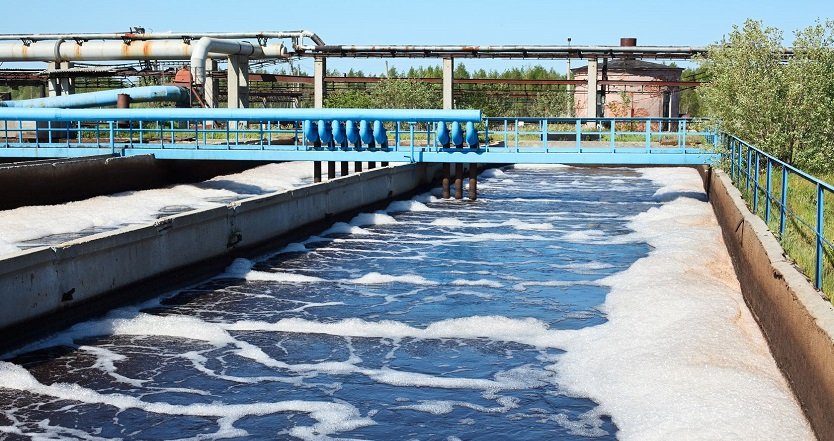
Consider the power needed to move mega tons of raw sewage from every home sewage system in a single town or city.
Next, give some regard to how much water pressure is needed to get clean water from lakes, rivers and streams into every home in the civilized world.
Staggering to imagine, isn't it?
We take these processes for granted, but urbanization and all its many benefits come at a cost. An energy cost.
California Water-Energy Study and its Frightening Findings
In 2005, number-crunchers and environmentalists from the State of California got together to find out just how much energy was needed to meet the state's water needs. The study made many an expert do an about-face, while climate change activists finally got the recognition they'd been seeking for years regarding the totality of energy usage as it relates to keeping water taps and sewage drains flowing.
The study, which can be viewed in PDF format here, found the state used 19% (or one-fifth) of all the energy they produced on a daily basis just to power the facilities and equipment used to supply clean water to the near 36-million people who lived there at the time.
Consider that population number is now creeping closer to 40-million and it isn't much of a stretch to assume even more energy is needed to accomplish that same task.
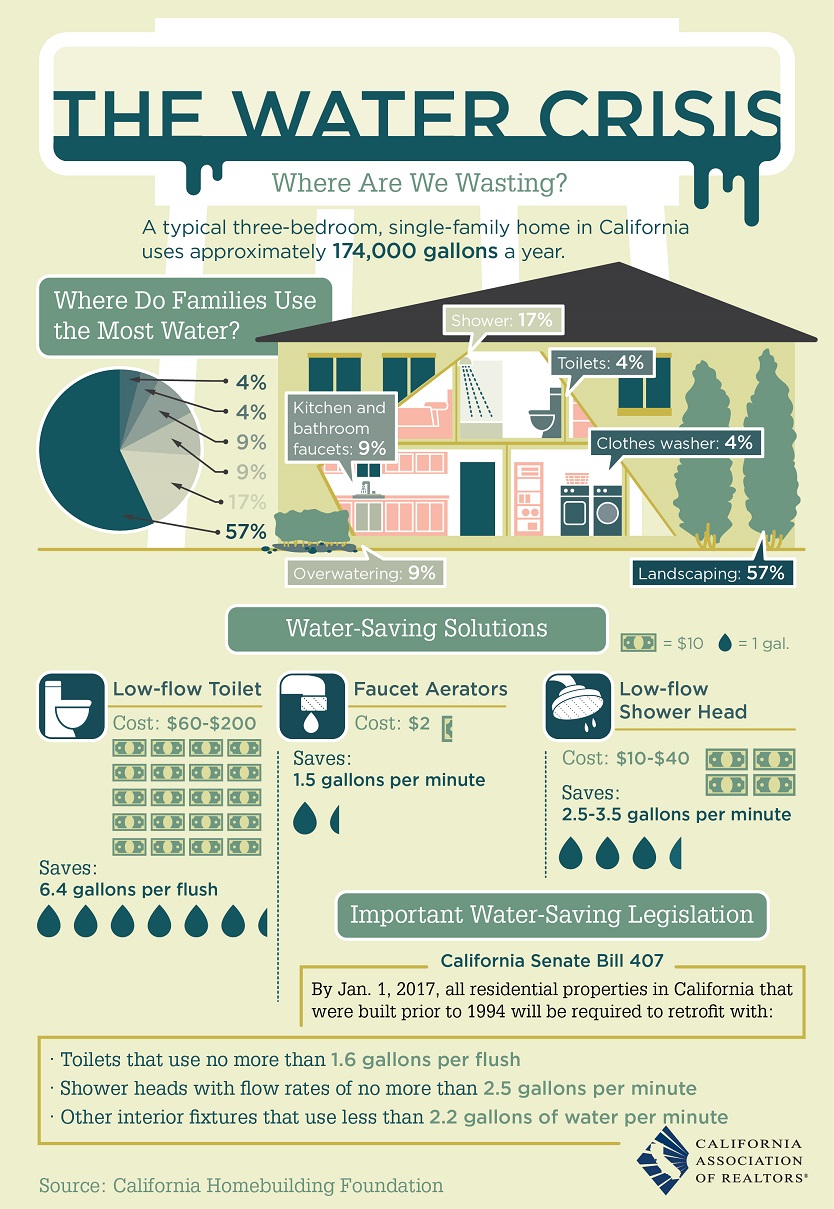
And California is just one rather large state in a country that now has over 300-million inhabitants.
The biggest of all U.S. states; Texas, has more land mass than the entire country of France. Meaning more power is needed to supply its citizens with water and sewer services. A similar study, if performed on this big dry state would likely result in much more frightening energy usage by the near 30-million citizens who currently call it home.
Add to this reality that Europe, China, Japan and the U.K. all boast some of the most densely populated areas on the planet – all of which use plenty of fossil fuels and nuclear energy to power their water and sewage transport and treatment systems.
Hydroelectric Dams: Too Little, Too Late?
Many countries continue adopting the idea of adding hydroelectric power stations into their energy creation plans. However, without water to power them, it doesn't take a scientist to figure out that we're still in trouble.
In areas where water-generated energy isn't possible, fossil fuels will still need to be burned, water will still need to be used to cool massive nuclear generators – and air and water pollution will still continue to proliferate the ever-growing climate change problem that's bearing down on the planet like a mag-lev bullet train for the last hundred years.
Can we Save the World's Water Supply and Reverse Global Warming?
Many experts believe we're on a collision course with the biggest global water shortage the human race has ever experienced.
Simple solutions like cutting back on water and sewer usage at home and work wherever possible can have a huge impact in a world of over 7-billion people.
Preventing water shortages and reducing our planet's climate change problem starts with you. Are you up for the challenge?

